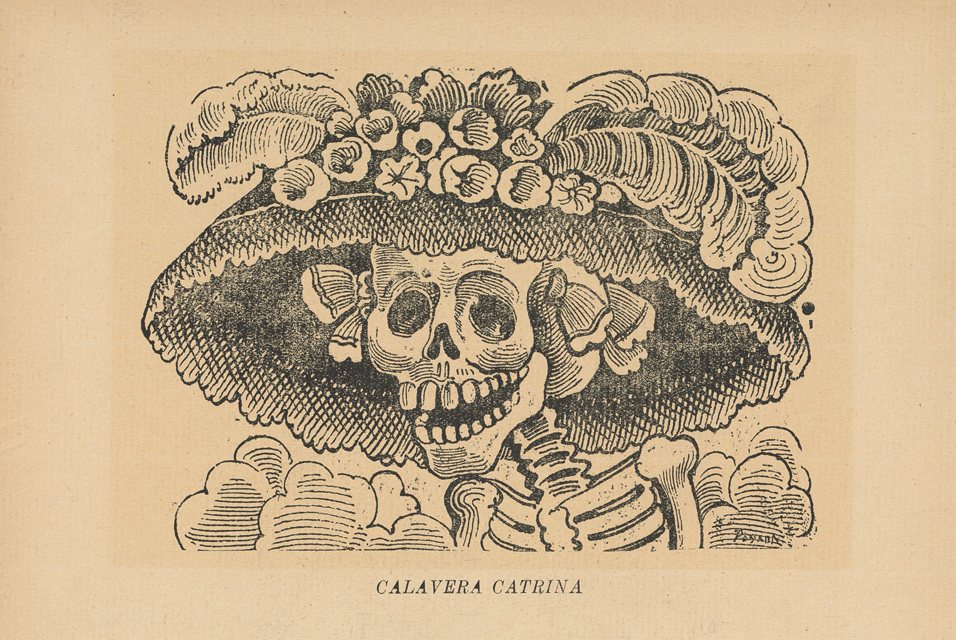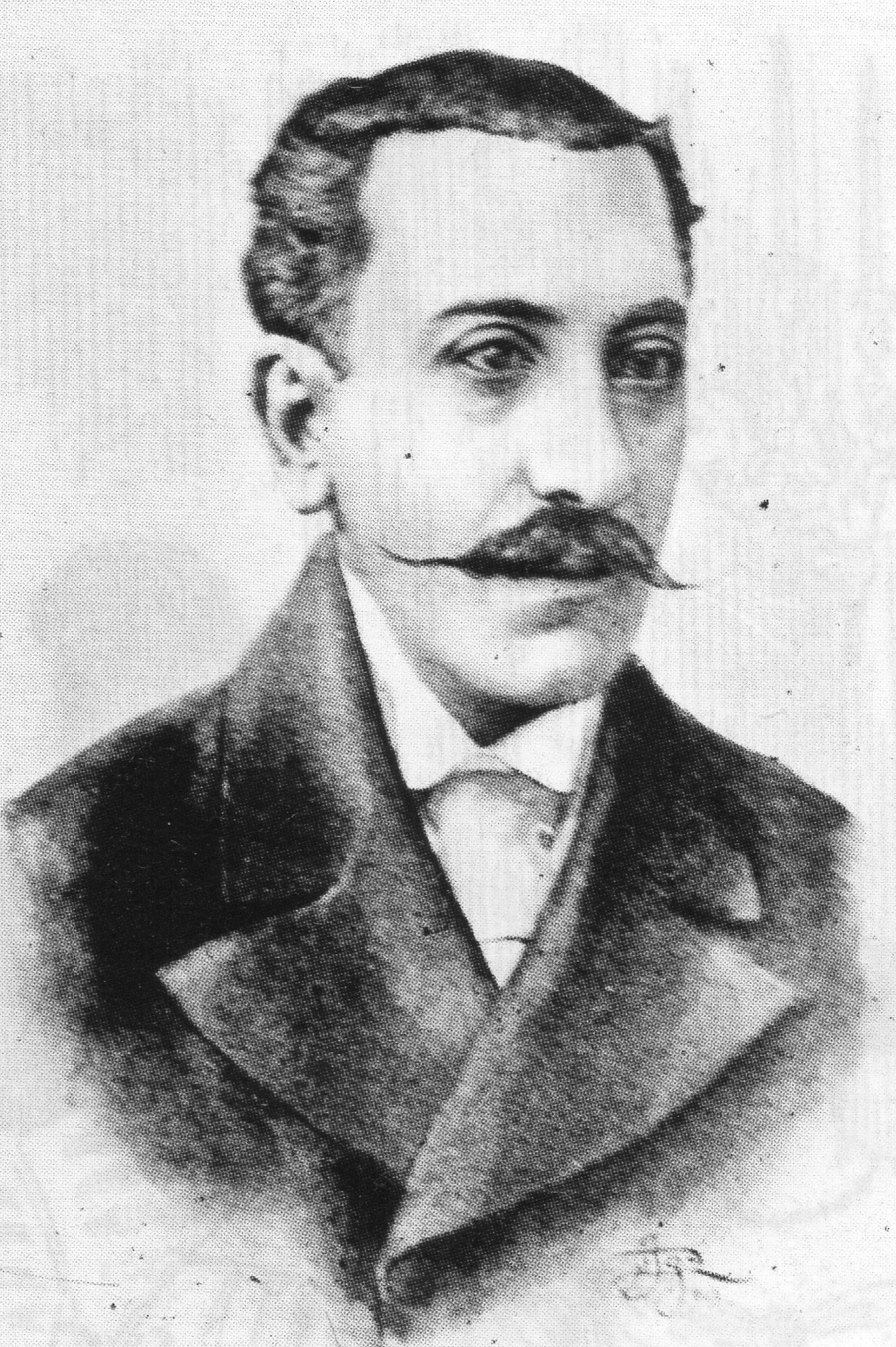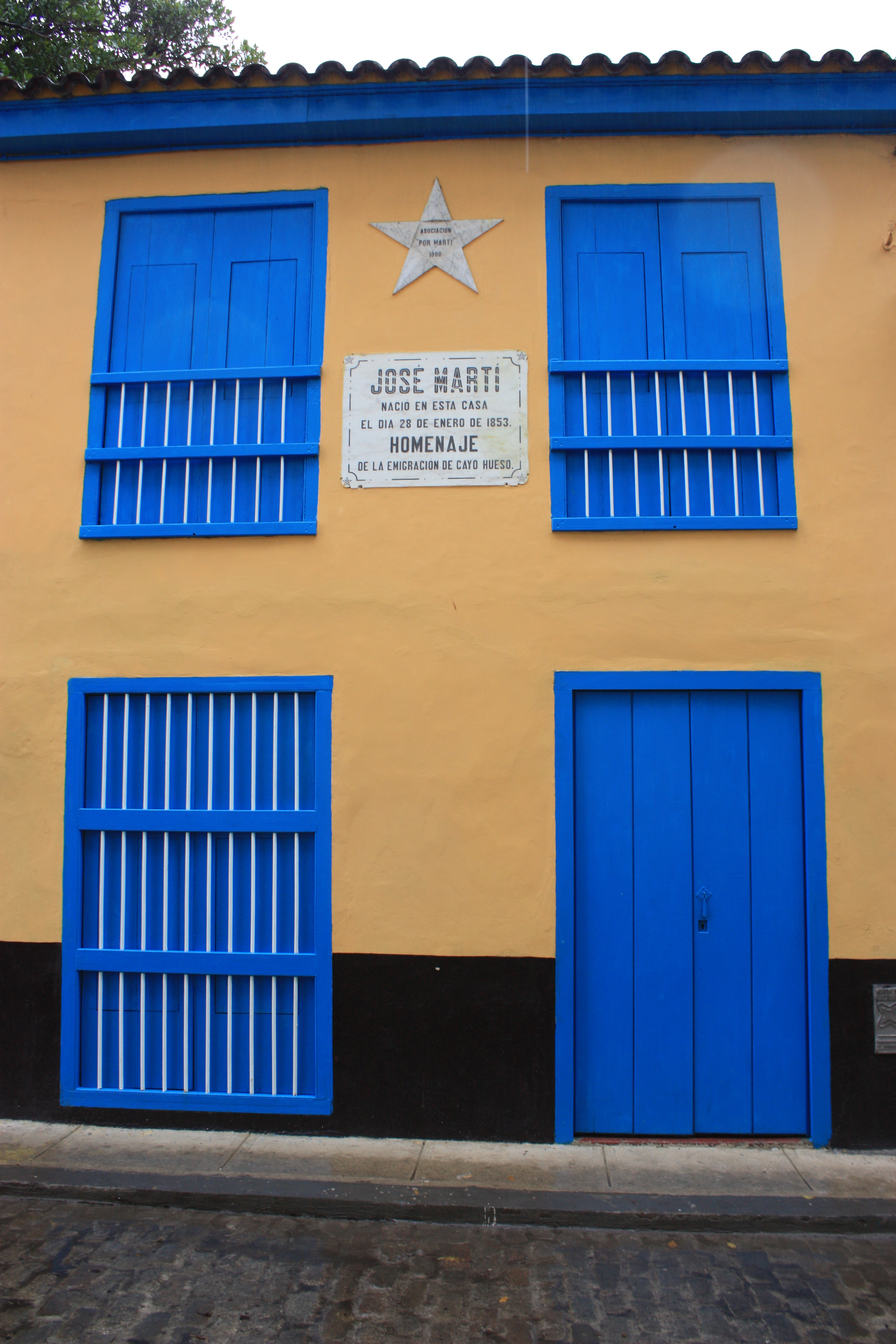|
Sueño De Una Tarde Dominical En La Alameda Central
''Sueño de una tarde dominical en la Alameda Central'' or ''Dream of a Sunday Afternoon at Alameda Central Park'' is a 15.6 meter wide mural created by Diego Rivera. It was painted between the years 1946 and 1947, and is the principal work of the Museo Mural Diego Rivera adjacent to the Alameda in the historic center of Mexico City. History The mural was originally created at the request of architect Carlos Obregón Santacilia for the Versailles Restaurant of the Hotel Del Prado, which was located across the street. When the hotel was rendered uninhabitable in the 1985 Mexico City earthquake and condemned for demolition, the mural was restored and moved to its own museum. Description The mural depicts famous people and events in the history of Mexico, passing through the Alameda Central park in Mexico City. Some notable figures include Frida Kahlo, José Guadalupe Posada, Francisco I. Madero, Benito Juárez, Sor Juana Inés de la Cruz, Porfirio Díaz, Agustín de Iturbide, I ... [...More Info...] [...Related Items...] OR: [Wikipedia] [Google] [Baidu] |
Diego Rivera
Diego María de la Concepción Juan Nepomuceno Estanislao de la Rivera y Barrientos Acosta y Rodríguez, known as Diego Rivera (; December 8, 1886 – November 24, 1957), was a prominent Mexican painter. His large frescoes helped establish the Mexican muralism, mural movement in Mexican art, Mexican and international art. Between 1922 and 1953, Rivera painted murals in, among other places, Mexico City, Chapingo, and Cuernavaca, Mexico; and San Francisco, Detroit, and New York City, United States. In 1931, a retrospective exhibition of his works was held at the Museum of Modern Art in New York; this was before he completed his 27-mural series known as ''Detroit Industry Murals''. Rivera had four wives and numerous children, including at least one natural daughter. His first child and only son died at the age of two. His third wife was fellow Mexican artist Frida Kahlo, with whom he had a volatile relationship that continued until her death. His fourth and final wife was his agen ... [...More Info...] [...Related Items...] OR: [Wikipedia] [Google] [Baidu] |
Agustín De Iturbide
Agustín de Iturbide (; 27 September 178319 July 1824), full name Agustín Cosme Damián de Iturbide y Arámburu and also known as Agustín of Mexico, was a Mexican army general and politician. During the Mexican War of Independence, he built a successful political and military coalition that took control in Mexico City on 27 September 1821, decisively gaining independence for Mexico. After securing the secession of Mexico from Spain, Iturbide was proclaimed president of the Regency in 1821; a year later, he was proclaimed Emperor of Mexico, reigning briefly from 19 May 1822 to 19 March 1823. In May 1823 he went into exile in Europe. When he returned to Mexico in July 1824, he was arrested and executed. He designed the Mexican flag. Life before the war of independence Agustín Cosme Damián de Iturbide y Arámburu was born in what was called Valladolid, now Morelia, the state capital of Michoacán, on 27 September 1783. He was baptized with the names of Saints Cos ... [...More Info...] [...Related Items...] OR: [Wikipedia] [Google] [Baidu] |
La Calavera Catrina
''La Calavera Catrina ''("Dapper Skull") or ''Catrina'' ''La Calavera Garbancera'' ("Elegant Skull") is a 1910–1913 zinc etching by the Mexican printmaker, cartoon illustrator and lithographer José Guadalupe Posada. Originally a satirization of an upper class woman of the Porfiriato, the character of ''La Catrina'' has become an icon of the Mexican Day of the Dead ( Spanish: ). Cultural importance The original leaflet was named "La Calavera Garbancera" by Posada, describing a person who was ashamed of their Native origins and dressed imitating the French style while wearing lots of makeup to make their skin look whiter. While the original work by Posada introduced the character, the popularity of La Calavera, as well as her name, is derived from a work by artist Diego Rivera in his 1947 completed mural ''Sueño de una Tarde Dominical en la Alameda Central'' ("Dream of a Sunday afternoon along Central Alameda"). Rivera's mural was painted between the years 1946 a ... [...More Info...] [...Related Items...] OR: [Wikipedia] [Google] [Baidu] |
Mexican Revolution Of 1910
The Mexican Revolution ( es, Revolución Mexicana) was an extended sequence of armed regional conflicts in Mexico from approximately 1910 to 1920. It has been called "the defining event of modern Mexican history". It resulted in the destruction of the Federal Army and its replacement by a revolutionary army, and the transformation of Mexican culture and government. The northern Constitutionalist faction prevailed on the battlefield and drafted the present-day Constitution of Mexico, which aimed to create a strong central government. Revolutionary generals held power from 1920 to 1940. The revolutionary conflict was primarily a civil war, but foreign powers, having important economic and strategic interests in Mexico, figured in the outcome of Mexico's power struggles. The United States played an especially significant role. Although the decades-long regime of President Porfirio Díaz (1876–1911) was increasingly unpopular, there was no foreboding in 1910 that a revolution wa ... [...More Info...] [...Related Items...] OR: [Wikipedia] [Google] [Baidu] |
La Malinche
Marina or Malintzin ( 1500 – 1529), more popularly known as La Malinche , a Nahua woman from the Mexican Gulf Coast, became known for contributing to the Spanish conquest of the Aztec Empire (1519–1521), by acting as an interpreter, advisor, and intermediary for the Spanish conquistador Hernán Cortés. She was one of 20 enslaved women given to the Spaniards in 1519 by the natives of Tabasco. Cortés chose her as a consort, and she later gave birth to his first son, Martín – one of the first '' Mestizos'' (people of mixed European and Indigenous American ancestry) in New Spain. La Malinche's reputation has shifted over the centuries, as various peoples evaluate her role against their own societies' changing social and political perspectives. Especially after the Mexican War of Independence, which led to Mexico's independence from Spain in 1821, dramas, novels and paintings portrayed her as an evil or scheming temptress. In Mexico today, La Malinche remains a po ... [...More Info...] [...Related Items...] OR: [Wikipedia] [Google] [Baidu] |
Nicolás Zúñiga Y Miranda
Nicolás Zúñiga y Miranda (13 May 1865 – 8 July 1925) was a Mexican eccentric who was famous for being a perennial candidate in his country's presidential elections. Although he never won a significant share of the votes, he considered himself to be the victor every time. Early life Zúñiga y Miranda was born in Zacatecas into a family of old Spanish nobility. He went to Mexico City to study law and became a lawyer, but first gained fame in 1887 when he claimed to have invented a machine that could predict earthquakes. He successfully predicted an earthquake that struck the capital that year. After this success, he predicted that on August 10 of the same year Mexico City would be completely destroyed by simultaneous eruptions of the Cerro del Peñón and the Popocatépetl, which caused several inhabitants to leave the capital at that date. The prediction proved to be false. He founded several ephemeral magazines in which he attempted to predict natural disasters or other ... [...More Info...] [...Related Items...] OR: [Wikipedia] [Google] [Baidu] |
Hernán Cortés
Hernán Cortés de Monroy y Pizarro Altamirano, 1st Marquess of the Valley of Oaxaca (; ; 1485 – December 2, 1547) was a Spanish '' conquistador'' who led an expedition that caused the fall of the Aztec Empire and brought large portions of what is now mainland Mexico under the rule of the King of Castile in the early 16th century. Cortés was part of the generation of Spanish explorers and conquistadors who began the first phase of the Spanish colonization of the Americas. Born in Medellín, Spain, to a family of lesser nobility, Cortés chose to pursue adventure and riches in the New World. He went to Hispaniola and later to Cuba, where he received an '' encomienda'' (the right to the labor of certain subjects). For a short time, he served as ''alcalde'' (magistrate) of the second Spanish town founded on the island. In 1519, he was elected captain of the third expedition to the mainland, which he partly funded. His enmity with the Governor of Cuba, Diego Velázquez de Cuél ... [...More Info...] [...Related Items...] OR: [Wikipedia] [Google] [Baidu] |
Manuel Gutiérrez Nájera
Manuel Gutiérrez Nájera (; December 22, 1859 – February 3, 1895) was a Mexican writer and political figure. Biography Gutiérrez Nájera was born to catholic parents Manuel Gutiérrez Gómez (1818-1889) and Dolores Nájera y Huerta (1831-1895) in Mexico City on December 22, 1859. He was the oldest of four children, and received most of his early education from his mother in their home. Gutiérrez Nájera also received private lessons in French and Latin during his early which allowed him to gain an appreciation for the French authors who would later shape his literary style. In his youth, he worked as a journalist, writing poems and short stories for Mexico City's '' La Iberia''. Gutiérrez Nájera served as the deputy of Texcoco. This position allowed him to marry Cecilia Maillefert. They were married until Manuel's death, and had two daughters. Gutiérrez Nájera died in Mexico City at the age of 36, during the height of his career. Due to his hemophilia, a minor operati ... [...More Info...] [...Related Items...] OR: [Wikipedia] [Google] [Baidu] |
José Martí
José Julián Martí Pérez (; January 28, 1853 – May 19, 1895) was a Cuban nationalist, poet, philosopher, essayist, journalist, translator, professor, and publisher, who is considered a Cuban national hero because of his role in the liberation of his country from Spain. He was also an important figure in Latin American literature. He was very politically active and is considered an important philosopher and political theorist. Through his writings and political activity, he became a symbol of Cuba's bid for independence from the Spanish Empire in the 19th century, and is referred to as the "Apostle of Cuban Independence". From adolescence, he dedicated his life to the promotion of liberty, political independence for Cuba, and intellectual independence for all Spanish Americans; his death was used as a cry for Cuban independence from Spain by both the Cuban revolutionaries and those Cubans previously reluctant to start a revolt. Born in Havana, Spanish Empire, Martí beg ... [...More Info...] [...Related Items...] OR: [Wikipedia] [Google] [Baidu] |
Victoriano Huerta
José Victoriano Huerta Márquez (; 22 December 1854 – 13 January 1916) was a general in the Mexican Federal Army and 39th President of Mexico, who came to power by coup against the democratically elected government of Francisco I. Madero with the aid of other Mexican generals and the U.S. Ambassador to Mexico. His violent seizure of power set off a new wave of armed conflict in the Mexican Revolution. After a military career under President Porfirio Díaz and Interim President Francisco León de la Barra, Huerta became a high-ranking officer during the presidency of Madero during the first phase of the Mexican Revolution (1911–13). In February 1913 Huerta joined a conspiracy against Madero, who entrusted him to control a revolt in Mexico City. The Ten Tragic Days – actually fifteen days – saw the forced resignation of Madero and his vice president and their murders. The coup was backed by the nascent German Empire as well as the United States under the Taft admin ... [...More Info...] [...Related Items...] OR: [Wikipedia] [Google] [Baidu] |
Winfield Scott
Winfield Scott (June 13, 1786May 29, 1866) was an American military commander and political candidate. He served as a general in the United States Army from 1814 to 1861, taking part in the War of 1812, the Mexican–American War, the early stages of the American Civil War and conflicts with Native Americans. Scott was the Whig Party's presidential nominee in the 1852 election, but was defeated by Democrat Franklin Pierce. He was known as Old Fuss and Feathers for his insistence on proper military etiquette, as well as the Grand Old Man of the Army for his many years of service. Scott was born near Petersburg, Virginia, in 1786. After training as a lawyer and brief militia service, he joined the army in 1808 as a captain of the light artillery. In the War of 1812, Scott served on the Canadian front, taking part in the Battle of Queenston Heights and the Battle of Fort George, and was promoted to brigadier general in early 1814. He served with distinction in the Battle o ... [...More Info...] [...Related Items...] OR: [Wikipedia] [Google] [Baidu] |
Antonio López De Santa Anna
Antonio de Padua María Severino López de Santa Anna y Pérez de Lebrón (; 21 February 1794 – 21 June 1876),Callcott, Wilfred H., "Santa Anna, Antonio Lopez De,''Handbook of Texas Online'' Retrieved 18 April 2017. usually known as Santa Anna or López de Santa Anna, was a Mexican politician and general. His influence on post-independence Mexican politics and government in the first half of the nineteenth century is such that historians of Mexico often refer to it as the "Age of Santa Anna". He has been called "the Man of Destiny", "a quintessential '' caudillo'' trongman. Although initially in the post-independence period he identified as a federalist and participated in a coup that ousted the conservatives in 1833, he became increasingly conservative. Elected President in 1833, López de Santa Anna declined to serve and retired to his home state and power base of Veracruz, a pattern that was to repeat itself until his ouster in 1855. López de Santa Anna's military and pol ... [...More Info...] [...Related Items...] OR: [Wikipedia] [Google] [Baidu] |







